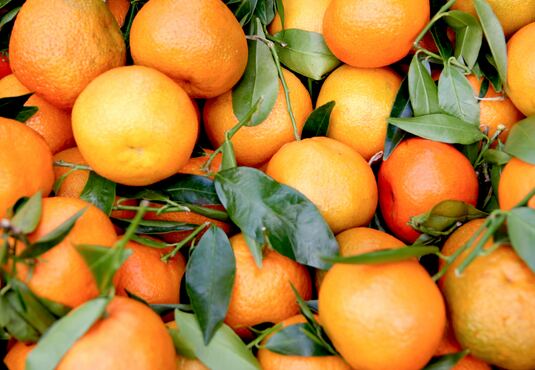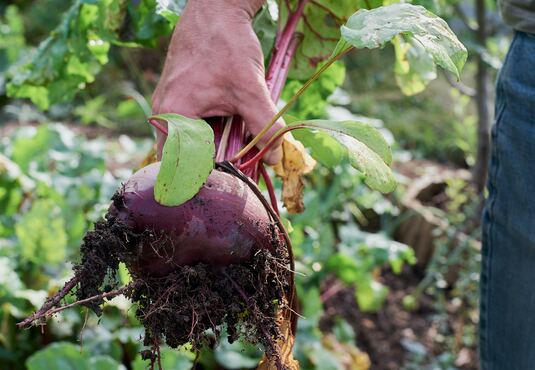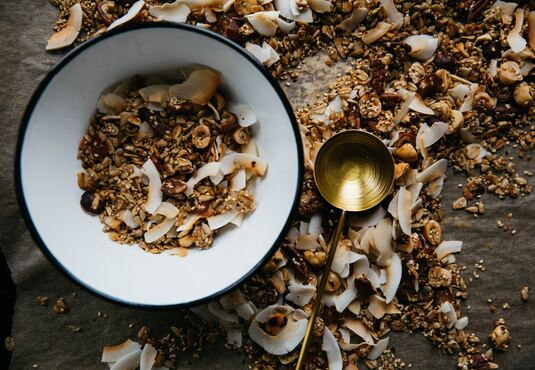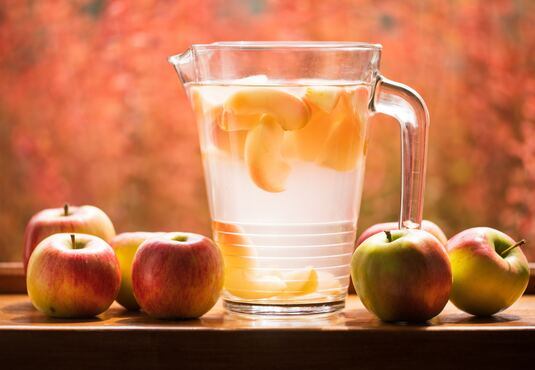
The queen of the garden
Widely traveled with a lot of history
Strawberries have been part of our nutrition at least since the Stone Age. In the beginning, it was the European wild strawberries that spoiled our palate with their sweet little fruits. As early as the Middle Ages, they were cultivated on a large scale. In the 18th century, French settlers in North America first discovered a larger genus of this fruit, the "scarlet strawberry", which was immediately introduced to Europe and cultivated. In 1714, a French navigator brought the "Chile strawberry" - an even larger fruit with strong, blue-green leaf growth - from South America to European gardens. A Dutch breeder finally succeeded in 1750 in creating a unique cross between these two varieties, which he named "pineapple strawberry" (Fragaria x ananassa). This was the basis for countless different varieties of cultivars. It is believed that there should be over a thousand.
From a botanical point of view, the strawberry is a pseudo-fruit, which does not belong to the berries, but rather to the aggregate fruits, like the rosehip, for example. The juicy red flesh is the high-arched flower base on which the actual fruits, i.e. the yellow-green tiny nutlets, sit.
Austria the strawberry paradise
In Austria, the strawberry season usually starts at the end of May/beginning of June and lasts four to six weeks, depending on the weather. Austrians eat an average of 3.5 kilograms of strawberries per capita per year. According to Statistics Austria, the total harvest in Austria in 2022 was around 16,930 tons. The main cultivation areas are in Lower and Upper Austria and in Styria.
Most strawberry varieties bear once a year. In contrast, the monthly strawberry (Fragaria vesca va. semperflorens) is often found in domestic gardens. It was developed by cultivation and selecting from the wild strawberry (Fragaria vesca). Depending on the variety, it is characterized by no or little runner formation and produces tasty, slightly larger fruits. The name semperflorens freely translated means "always blooming" - rightfully so, because the monthly strawberries bear flowers and fruit until the first frost.
Few calories - but many healthy nutrients!
With a calorie content of only 35 kcal per 100 grams, the strawberry has it all in terms of nutrients: It is especially rich in vitamin C. With a content of 57 mg of vitamin C per 100 grams of fruit, strawberries are even richer in vitamin C than oranges. A small bowl of 150 g of strawberries already covers the daily requirement of an adult. Among the minerals, zinc, copper and manganese stand out particularly. Strawberries also contain secondary plant substances from the group of polyphenols, which include flavonoids and phenolic acids. Polyphenols have numerous positive effects on health - they support the immune system, can reduce the risk of certain types of cancer and have an anti-inflammatory effect.
Allergic to strawberries?
Especially infants and young children may develop skin rashes when eating strawberries. However, this is not an allergy, but a pseudoallergic reaction due to histamine release. People with histamine intolerance also often cannot tolerate strawberries because of this reason.
Looking forward to summer
In the kitchen, strawberries are very versatile. No matter whether as an ingredient in juices, smoothies, milk shakes, sweet desserts or even in spicy salads - strawberries are the epitome of the approaching summer! We would like to present you a delicious recipe for strawberry muffins, which, thanks to the Greek yogurt, also brings a southern flair right away!
Ingredients:
- 170 g wheat flour (you are welcome to use whole wheat flour mixed with white flour)
- 30 g oat flakes (small flakes)
- 1 tsp baking powder
- ½ tsp baking soda
- 1 pinch of salt
- 70 g oil (e.g. canola oil or sunflower oil)
- 80 g maple syrup
- 2 eggs
- 250 g Greek yogurt
- 1 package vanilla sugar
- 300 g diced strawberries
Preparation:
Preheat the oven to 180 °C. Place 12 paper cups in a muffin tray, alternatively grease the muffin tray well.
In a large mixing bowl, combine flour, rolled oats, baking powder, baking soda and salt. In a slightly smaller mixing bowl, whisk together oil, maple syrup and eggs. Add yogurt and vanilla sugar and mix well. Now add the wet ingredients to the dry ingredients and mix with a large spoon until everything is well combined. Gently fold the strawberries into the batter.
Divide the batter evenly among the 12 muffin cups.
Bake the muffins for about 20 to 25 minutes (until golden brown on top).








